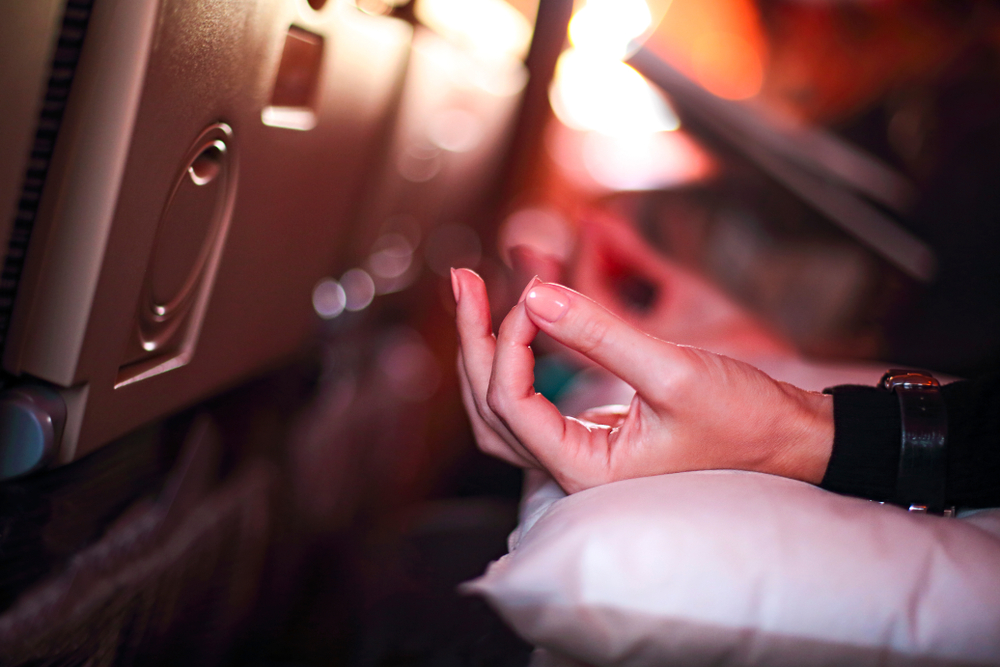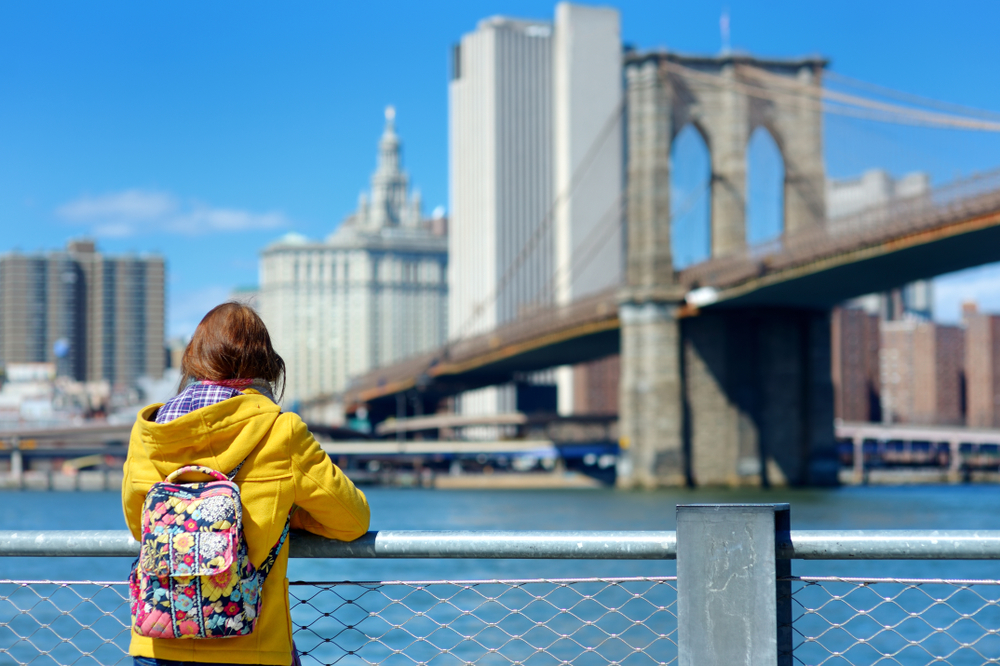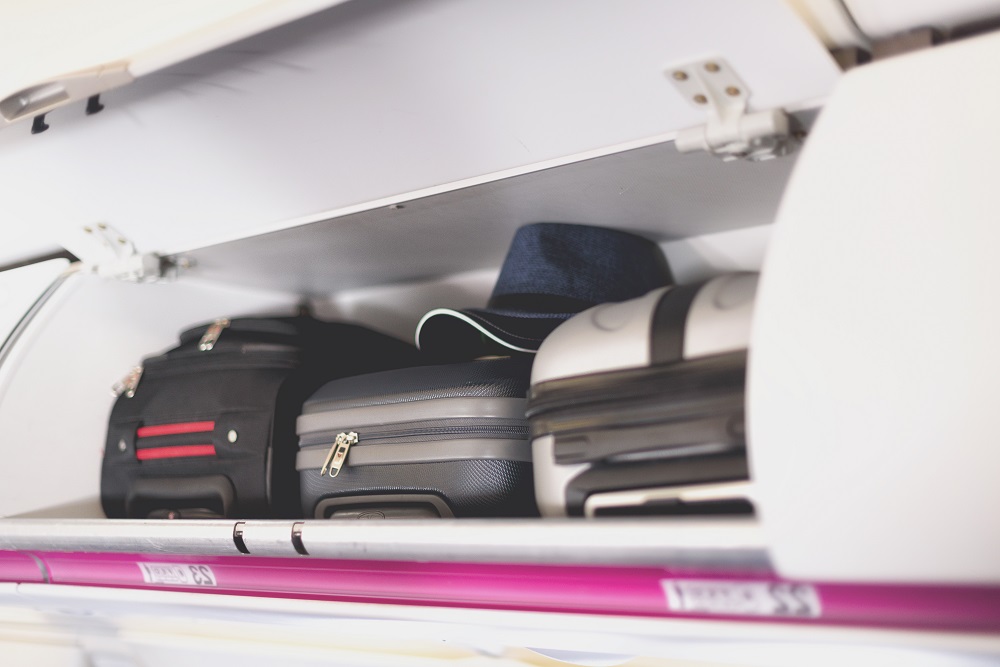7 Great Tips to Successfully Overcome Your Fear of Flying
Many people enjoy traveling and seeing new places, but there is one aspect of travel that isn’t so enjoyable: flying. For some, traveling is merely a nuisance due to expensive tickets, airline delays, and misplaced bags. For some, though, flying is more than just inconvenient; it’s scary.
A Flying phobia can be triggered by a variety of circumstances, including claustrophobia or a fear of heights. Many apprehensive fliers have an illogical fear that their plane will malfunction and crash, no matter how much data shows that flying is safer than driving.
Other passengers are concerned about terrorist hijackings or fear the thought of losing control of the aircraft that’s carrying them.
Whatever your reason for being afraid of flying, there are measures you may take to ease your anxiety. To fly or not to fly is a personal choice that no one can make for you.
But, for those of you who are determined not to let this ruin your way of life, here are a few pointers to help you overcome your fear of flying.

1. Demystify turbulence
Turbulence is just wonky wind currents that cause planes to bounce somewhat. It’s very similar to driving on a rough road or sailing on choppy seas. However, there is no need to worry: planes are particularly engineered to handle and reduce turbulence.
When you look out your window and see the wing bobbing up and down as the plane experiences turbulence, don’t be afraid; instead, be glad, since those flexing wings function like shock absorbers to smooth out the rough ride on a gravel country road.
Furthermore, technology is being employed to identify turbulence zones so that pilots can avoid them and deliver the smoothest trip possible.
2. Learn about built-in safety features
Airplanes are miraculous — though mundane — devices. They create weird noises and give off unusual feelings. They’re complicated. And they work in a system that has little analogies to what people know and understand.
So, for your own peace of mind, study how planes are engineered to endure calamities. Preparedness is essential in an emergency circumstance, so knowing that you’re prepared to tackle various eventualities may help alleviate any anxiety.
It’s also a good idea to read more about airline air circulation to reduce your anxiety about catching COVID-19 while flying. Fresh air is constantly pumped into the plane, and the cabin air is replenished every three minutes.
Any recycled air is pushed through HEPA filters, which remove 99.9 percent of pollutants such as germs and viruses. Furthermore, because the air in a cabin flows typically from the roof to the floor rather than from front to back, pollutants are not often whirling around.
Of course, if your seatmate sneezes, you might become sick, but those chances can be reduced by wearing a mask, which is required now anyway by all airlines.
3. Talk to your flight attendants
Flight attendants are always there to assist you. They are your best defender. They continue to check in on you and see how you’re doing to ensure you have a wonderful trip, they are trained to deal with fainting, hyperventilation, and a variety of other health events that may occur on the plane.
They’re also specialists in aviation safety: Airlines need flight attendants to undergo in-person training once a year, which is complemented by frequent online training to ensure they’re up to speed on emergency protocols. Their top focus is to safeguard the safety of the passengers, so rest assured that you are in good hands.

4. See a therapist
If your fear is genuinely paralyzing, you should probably seek professional treatment. Cognitive-behavioral therapy and exposure and response prevention can be used by mental health practitioners to assist people to overcome their fear of flying.
Anti-anxiety medicine can also be prescribed by doctors, which can surely aid worried flyers.
Do you want to try something a bit different? Think about hypnosis. The subconscious mind may be conditioned to release fear and anxiety when under hypnosis.
A flying phobia is usually sparked by a previous incident, such as a rough trip, a claustrophobic experience, or even a period when a parent voiced a dread of flying. We assist people to let go of it through hypnosis.
5. Choose Your Seat Wisely
Although some airlines no longer allocate seats, the majority of them do. When booking your journey, select a seat at the front of the plane to reduce motion and noise. You should also think about which seat is the most comfortable for you. Select a window seat if you will benefit from seeing the ground during takeoff and landing.
Choose an aisle seat if you want to be blissfully oblivious of what’s going on outside or if you need to use the toilet regularly. If you require two armrests to hold, choose the middle seat.
6. Don’t worry about other scary things
Flying is similar to swimming: There is a constant flow of air, and there are no holes or air pockets (unless in the form of turbulence, as discussed above). As a result, just as you cannot fall out of a lake or ocean, you cannot fall out of the sky.
Are you concerned about the engines? Airplane engines are thoroughly tested, and even if they both fail at the same time, a plane flying at 30,000 feet can glide for up to 100 miles without engines before attempting an emergency landing.
Last but not least, if you’re afraid of someone opening the doors in the middle of a flight, have no fear: The doors are shut, and the pressure difference between the cabin and the outside environment prevents this urban legend from becoming a reality.
7. Get Comfortable
Our stress levels rise when we are physically uncomfortable. We recommend having two travel outfits: one for warm weather and another for cold weather. If you’re traveling between two climates, you can add or withdraw a layer.
You can cover all three of these ideas by knowing what you’re going to wear and it works. If you have a habit of putting on the same clothes every day, and you are confident that you will feel comfortable in those clothes, then go for it.
Always have a wrap with you in case you need to add a layer in flight. To keep your feet warm and protected, use comfortable shoes and socks.
In the end, I hope you found some inspiration in this article, or at least an idea that might get you going. Truth be told, I think we all have irrational fears that stop us from pursuing our goals and wishes, and while it’s extremely understandable if we could find in ourselves the strength to overcome them, we’d probably be more fulfilled.
I personally believe fears are there to stop us, and I’m not the only one to think this way. In the book “What Happened to You?: Conversations on Trauma, Resilience, and Healing “, by Oprah and Bruce D. Perry, you will read probably some of the most courageous and bold discussions on fears, trauma, and behavior. It’s a book you have to read at least once in a lifetime.
If you’re interested in reading other articles, here’s what we recommend: 50 Best State Parks Around the US










